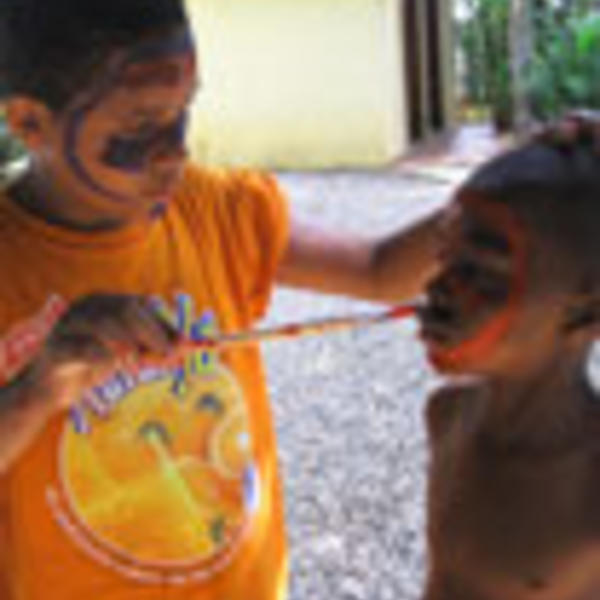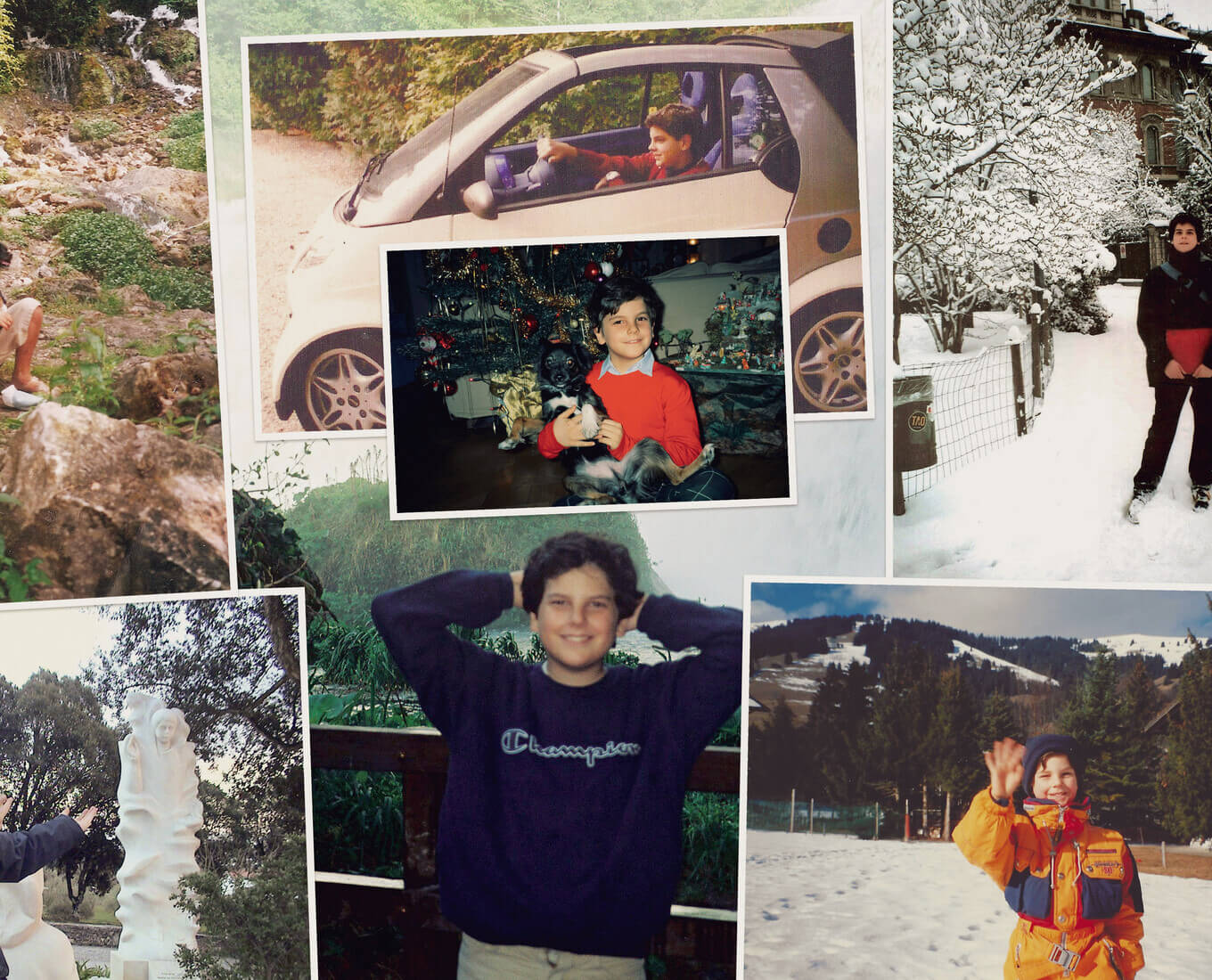It was a “tiny, tiny” step, in the words of Scarlett Piantini ’11. But her proposal for a summer camp for Haitian and Dominican children — young people whose lives have been shaped by racial resentment and cultural conflict — attracted the attention of the influential Davis Projects for Peace and became a reality this summer.
In a project titled “United Sugar Nations,” funded with a $10,000 Davis grant, Piantini created a 10-day camp in her native Dominican Republic, and brought together 15 Haitian and 15 Dominican children ranging in age from 10 to 12 years. Through the camp’s educational and cultural activities, and the simple act of “co-existing,” children from two nations with a distinctly troubled history gained understanding of each other’s lives.
Haiti is the poorest and most politically unstable state in the western hemisphere, while the neighboring Dominican Republic is a developing country with more than two million Haitian immigrants — representing about 38 percent of the labor in the construction industry and 41 percent in the sugar industry. Centuries of strife and racial animosity have led to fear and defensiveness between the two peoples.
Governmental authorities have had limited success in constructively addressing the binational confrontations. Grassroots projects like United Sugar Nations must be the first step in combating entrenched economic, political, and social challenges, Piantini says.
The camp was the first co-educational project that worked with children of both nations to foster racial equality, she says. It included intercultural exposure through audiovisual activities, dance and music, arts and crafts, language lessons, and physical activities. Small group workshops also encouraged children with very different perspectives to share their lives and backgrounds.
Davis Projects for Peace was created in 2007 by philanthropist Kathryn W. Davis. The program funds 100 projects proposed by undergraduate students and select graduate students from around the nation, and put into action around the world. Piantini came to Holy Cross from a high school partly funded by Davis, United World College-USA in New Mexico.
The camp was inspired from classes Piantini took in the Constructive Engagement of Conflict program at her high school. The program encourages students to develop an analysis of local and global issues and to practice their skills in a variety of settings and to identify ways they might work in relationship to an organization active in their country of origin.
The camp, which was free for all 30 children, was held in the environmentally-friendly facilities of Campey, S.A., an open space environment in Santo Domingo, the capital of the Dominican Republic.
The project received considerable support from the Dominican Republic. The Dominico Haitian Chamber of Commerce selected the Haitian children; the Department of Education selected the Dominican children; the Dominican Republic Immigration Department and other government agencies facilitated special entry permits; several medical agencies donated medical supplies and had representatives deliver AIDS awareness talks; and private companies donated or gave discounts on purchased items.
“This project is but a tiny, tiny step involving only 30 children, but the objective was simply to coexist, to work together, live together, and do sports together. If we coexist, we are given the chance to break stigmas, racial and historical,” says Piantini.
Was the camp successful?
“Every day I could see more and more how kids forgot who was Dominican and who wasn’t and they became friends because they had a sport in common, or a dance in common. That was the miracle I was looking for, and I got it,” she says.
Piantini, who has designed her own multidisciplinary major titled Global Institutions and Law at Holy Cross, hopes to enter the field of international affairs. She will study in Strasbourg, France, during the upcoming academic year.
Despite what she describes as an intense and exhausting experience, Piantini doesn’t hesitate when asked if she’d like to hold a similar camp next year.
“This was just a small piece of a huge problem, and if I am given the chance, I will definitely do it again.”
Pictured: During a painting session, Ramon (left), of the Dominican Republic, and Sebastien, of Haiti, interact. “I think this really shows a barrier breaking and symbolizes what the camp is about,” says Piantini.
Piantini ’11 Brings Children from Haiti and Dominican Republic Together

Project of her design created summer camp to foster understanding and cooperation
Read Time
3 Minutes
